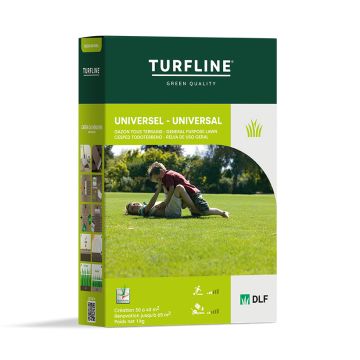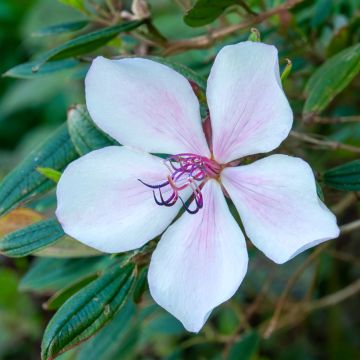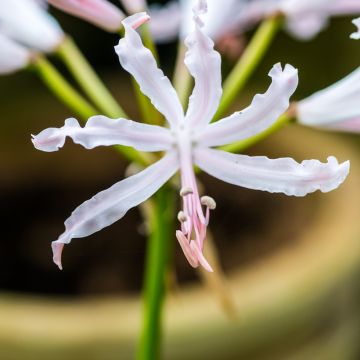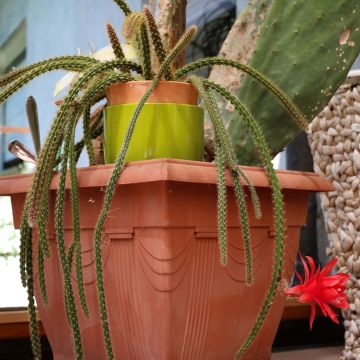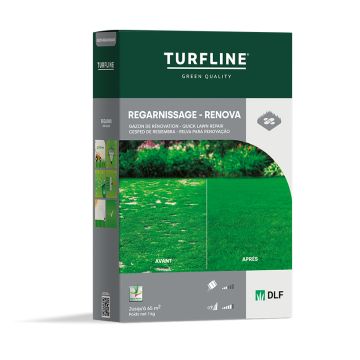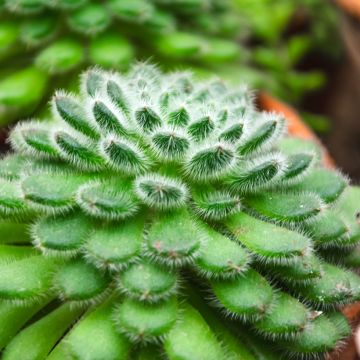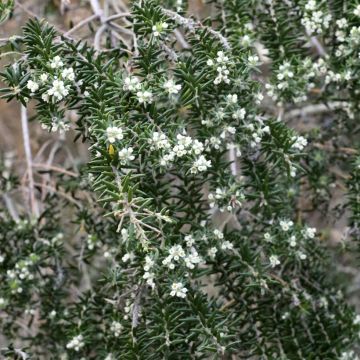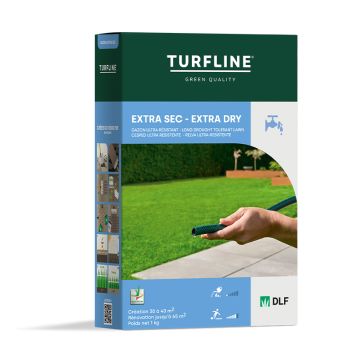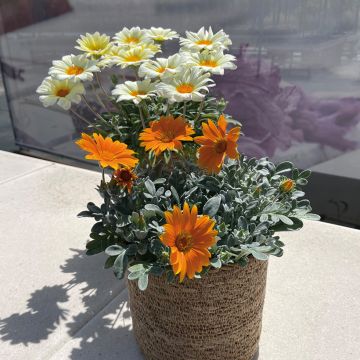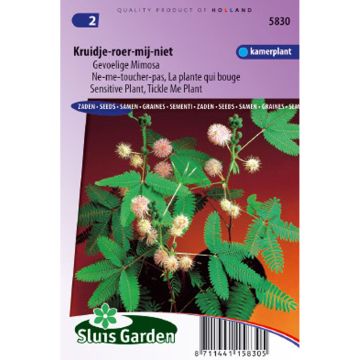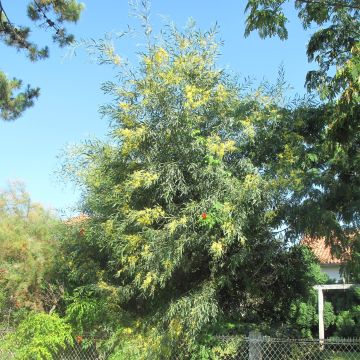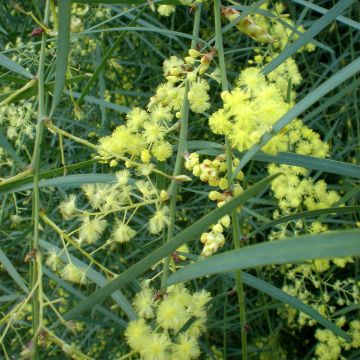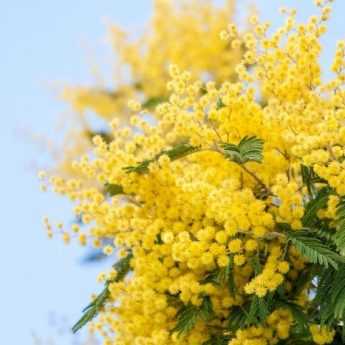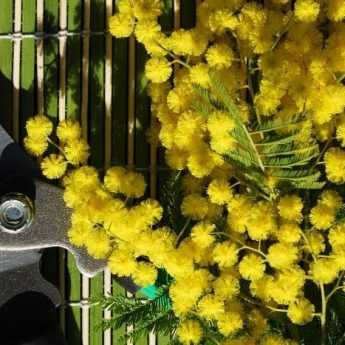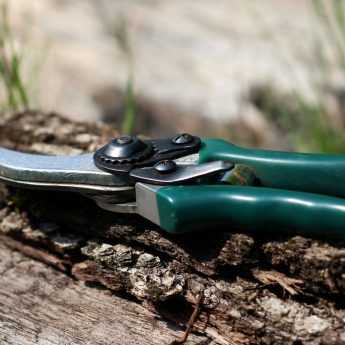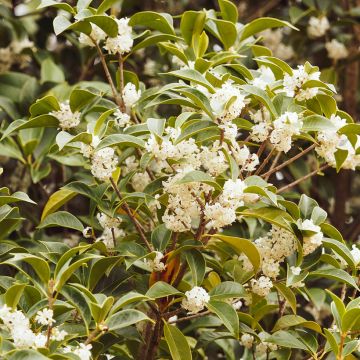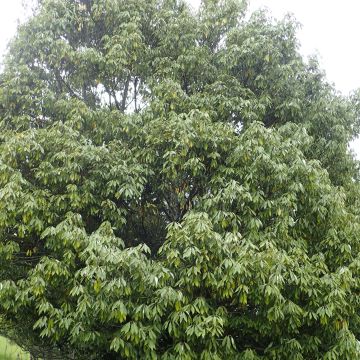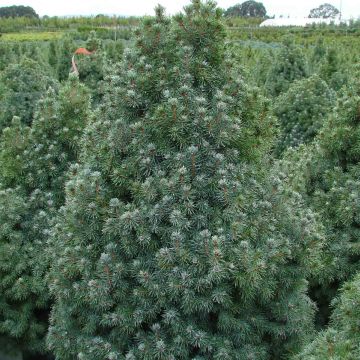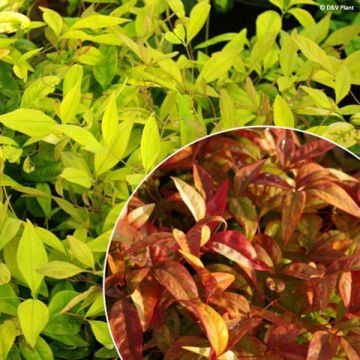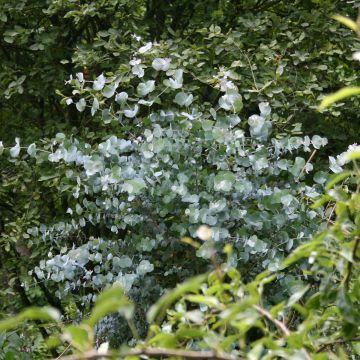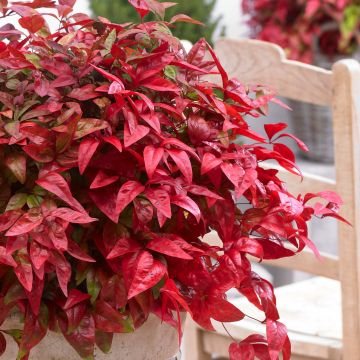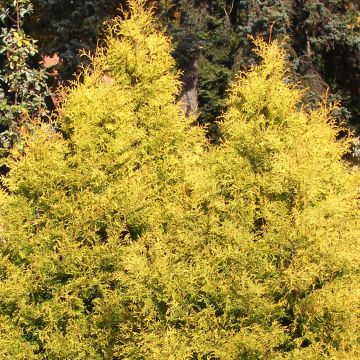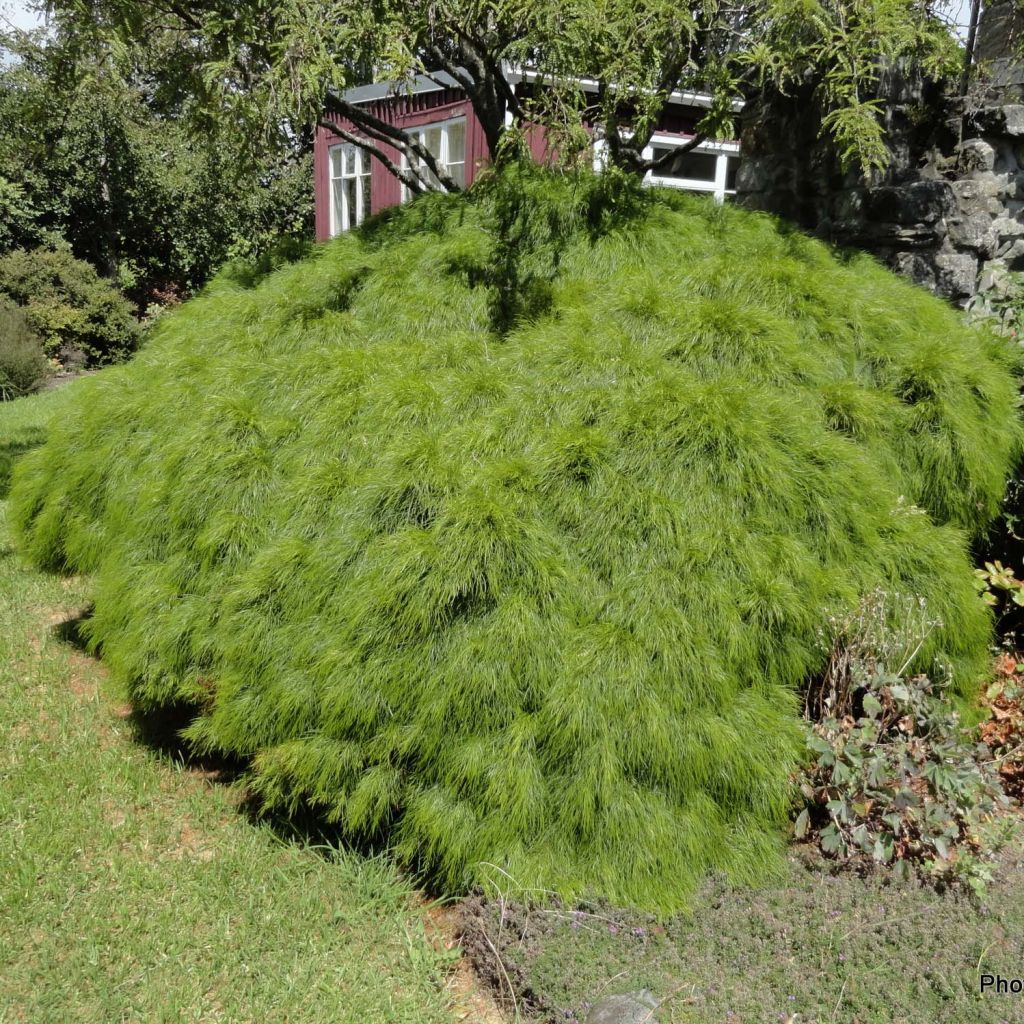

Acacia cognata Limelight
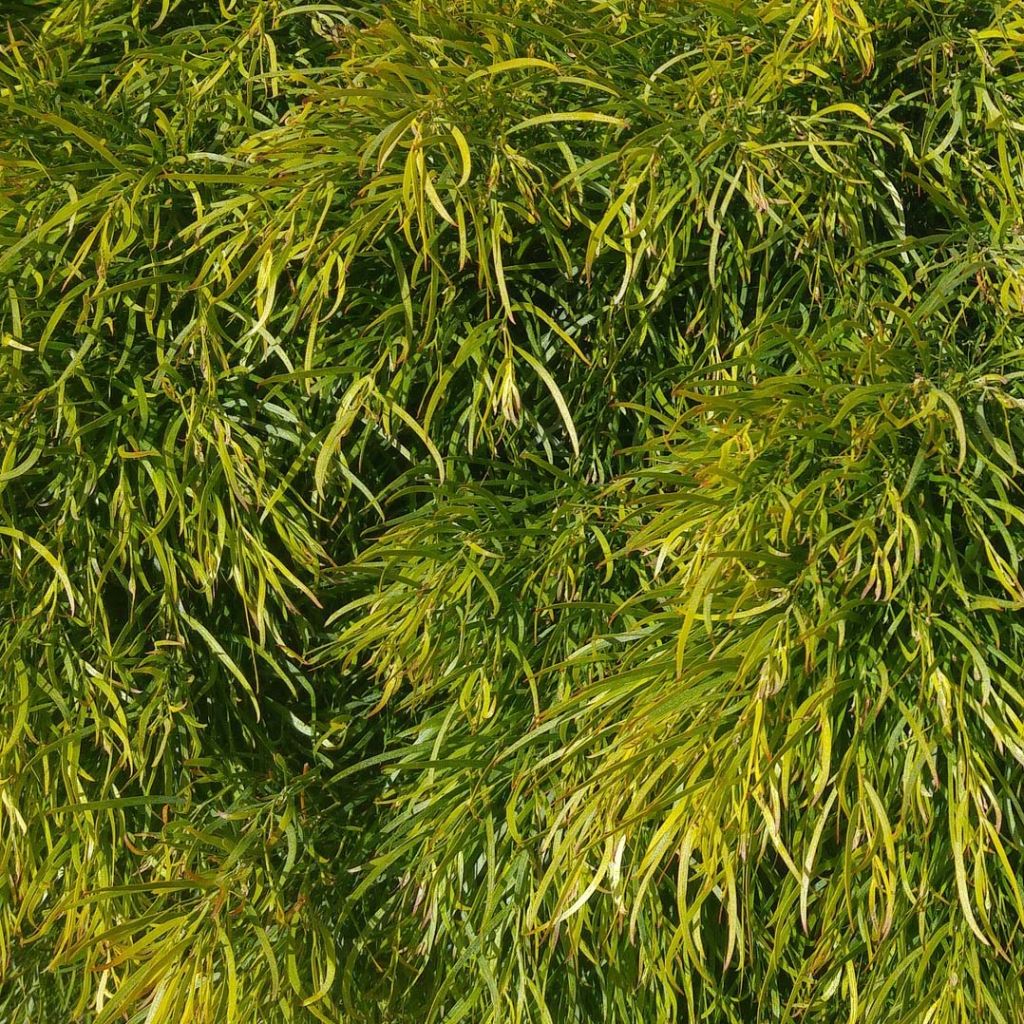

Acacia cognata Limelight
Acacia cognata Limelight
Acacia cognata Limelight
Wattle
Why not try an alternative variety in stock?
View all →This plant carries a 24 months recovery warranty
More information
We guarantee the quality of our plants for a full growing cycle, and will replace at our expense any plant that fails to recover under normal climatic and planting conditions.
From €7.90 for pickup delivery and €6.90 for home delivery
Express home delivery from €8.90.
From €7.90 for pickup delivery and €6.90 for home delivery
Express home delivery from €8.90.
Does this plant fit my garden?
Set up your Plantfit profile →
Description
Acacia cognata Limelight is an astonishing and endearing Mimosa: it forms a cushion covered with a fine green foliage all year round, as soft as an animal's fur, on which one's hand will linger with pleasure. Its spring flowers are discreet, with tiny, almost white pompons. It is certainly sensitive to cold weather, but it is an excellent plant for dry terrain, to be planted in a bank or rockery in a mild climate or by the sea. It can also be easily grown in a large pot on the terrace or balcony, to be stored away in cold climates. 'Limelight' is also a star in contemporary or Japanese gardens.
Mimosas should not be confused with the tree we call acacia, which belongs to the botanical genus Robinia. They belong to the Fabaceae family and the Mimosaceae subfamily. Acacia cognata is an elegant bush with a weeping habit native to southeastern Australia, specifically the states of New South Wales and Victoria. Once well-established, this shrub perishes below -7 °C (19.4 °F) if not protected, with the young plants being even more delicate. It is tolerant but prefers sandy, loamy or rocky soils that are perfectly drained.
'Limelight' is a dwarf selection of this bush. It has a very round and weeping habit, supported by flexible branches that almost touch the ground. It reaches approximately 60 cm (23.6 in) in height with a spread of 1.5 m (4 ft 11 in). Its growth is rapid. Its foliage, evergreen all year round, consists of thin and long leaves called phyllodes, covered with a shiny varnish that is very soft to the touch. They are densely inserted along the dark red-brown branches and display a very light green colour. Flowering usually occurs in March-April, depending on the climate and weather conditions, and lasts about 3 weeks. These consist of globular inflorescences called glomerules, composed of slightly fragrant flowers with prominent pale yellow stamens.
Mimosa cognata Limelight creates a sensation in the garden in mild climates, planted in masses or in a strategic location, for example above a low wall. It enjoys the Mediterranean climate as well as the mild and sunny Atlantic coast. It can be planted individually or paired with other cold-sensitive shrubs with an exotic appearance, such as Caesalpinia gilliesii, Metrosideros Mistral, Sesbania punicea, escallonias, or dwarf Grevillea. To accompany its spring flowering, it can be paired with a creeping ceanothus. With its bamboo-like appearance, it will blend well in a Japanese-style setting. It is also perfect on a contemporary terrace, next to a small pond, in a large pot, to be protected from winter frost in a lightly heated greenhouse or conservatory.
Acacia cognata Limelight in pictures
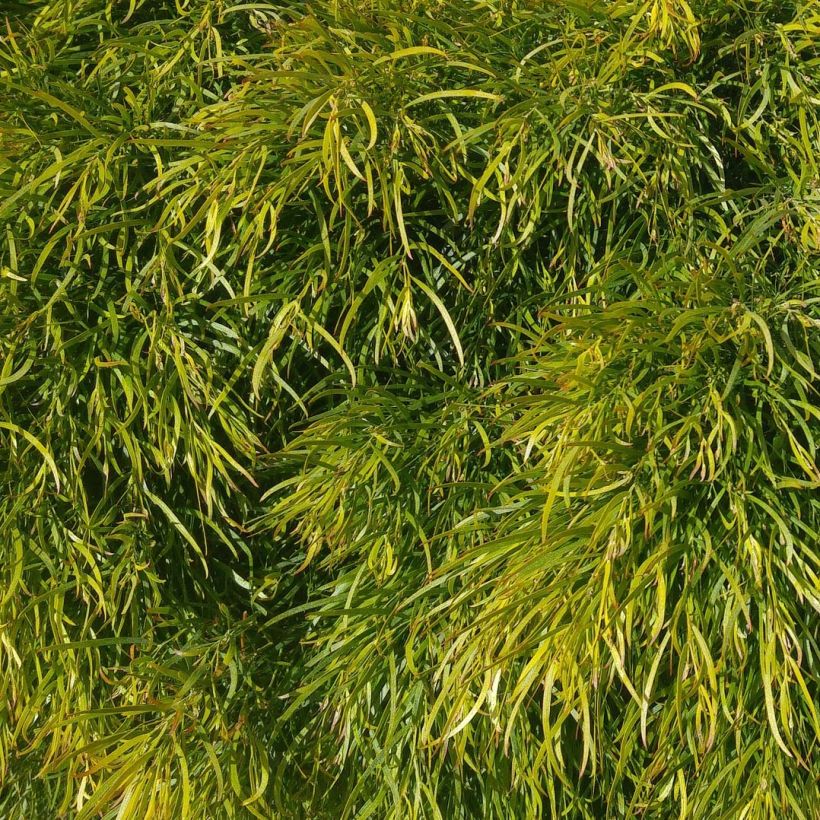

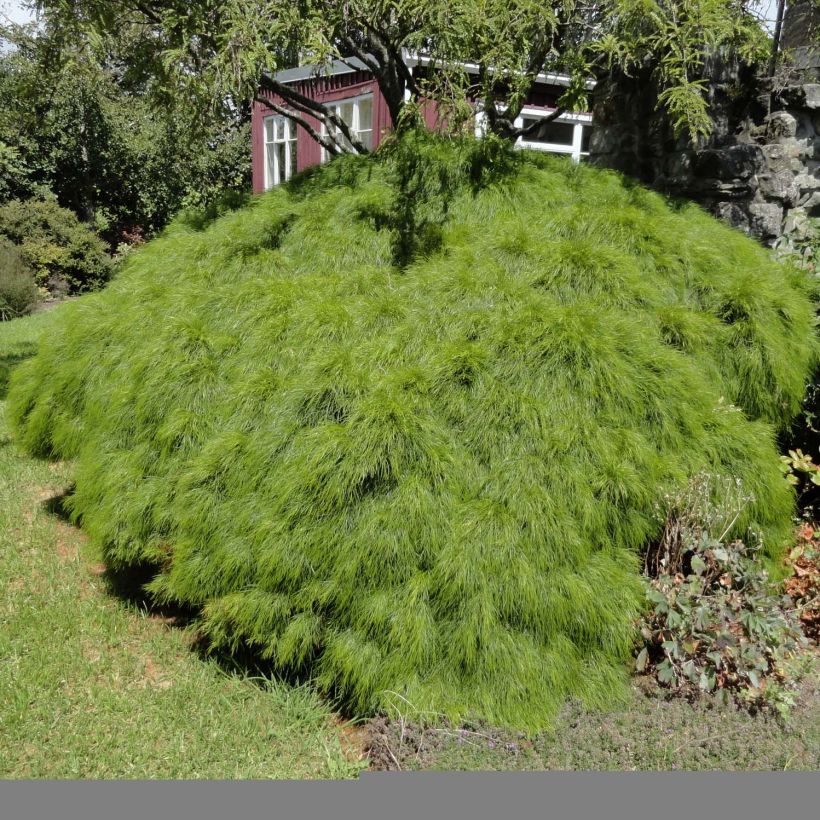

Plant habit
Flowering
Foliage
Botanical data
Acacia
cognata
Limelight
Fabaceae (Mimosaceae)
Wattle
Australia
Other Acacia - Wattle
View all →Planting and care
Acacia Limelight is preferably planted in spring, in March or April, in a very sunny and sheltered position from strong winds; autumn planting is reserved for regions with a very mild climate. It adapts to any well-draining soil that is acidic, neutral or calcareous, humiferous, clay-loamy or more sandy. Once well established, after 3 years of cultivation in open ground, watering is no longer required for this mimosa in summer even in hot and dry regions.
The mimosa is sensitive to cold: as soon as the temperatures reach around 0 °C (32 °F), it is necessary to install a thick mulch at its base to protect the roots, and to cover it with a thick winter veil.
If growing in a pot, repot in a large container every two years, in spring. Water regularly; the root ball should not completely dry out between two waterings. In cold regions, it will be overwintered in a bright and cool but frost-free place.
The combination of heat and humidity can lead to the sudden and unexplained wilting of a mimosa that seemed perfectly healthy: in this case, the culprits are either Cylindrocladium, a microscopic fungus that attacks the plant's collar, which turns black, or Phytophthora, which enters through the roots and causes the plant to wither within a few days. Mimosas grafted onto Acacia retinodes are plants that are very well adapted to summer drought and poor, calcareous soils, which do not tolerate constantly wet soil, especially in hot weather.
The other enemies of this mimosa are the psyllid (jumping plant louse) as well as the citrus flatid planthopper (Metcalfa pruinosa) and the cottony cushion scale (Icerya purchasi), which are white, fluffy and cottony. To limit their spread, spray nettle manure or diluted black soap at 5%. A treatment with white oils is also effective. Also, perform a thorough daily inspection of the branches, accompanied, if necessary, by manually picking off the scale insects (if you have the courage).
Planting period
Intended location
Care
Planting & care advice
This item has not been reviewed yet - be the first to leave a review about it.
Striking foliage shrubs
Haven't found what you were looking for?
Hardiness is the lowest winter temperature a plant can endure without suffering serious damage or even dying. However, hardiness is affected by location (a sheltered area, such as a patio), protection (winter cover) and soil type (hardiness is improved by well-drained soil).

Photo Sharing Terms & Conditions
In order to encourage gardeners to interact and share their experiences, Promesse de fleurs offers various media enabling content to be uploaded onto its Site - in particular via the ‘Photo sharing’ module.
The User agrees to refrain from:
- Posting any content that is illegal, prejudicial, insulting, racist, inciteful to hatred, revisionist, contrary to public decency, that infringes on privacy or on the privacy rights of third parties, in particular the publicity rights of persons and goods, intellectual property rights, or the right to privacy.
- Submitting content on behalf of a third party;
- Impersonate the identity of a third party and/or publish any personal information about a third party;
In general, the User undertakes to refrain from any unethical behaviour.
All Content (in particular text, comments, files, images, photos, videos, creative works, etc.), which may be subject to property or intellectual property rights, image or other private rights, shall remain the property of the User, subject to the limited rights granted by the terms of the licence granted by Promesse de fleurs as stated below. Users are at liberty to publish or not to publish such Content on the Site, notably via the ‘Photo Sharing’ facility, and accept that this Content shall be made public and freely accessible, notably on the Internet.
Users further acknowledge, undertake to have ,and guarantee that they hold all necessary rights and permissions to publish such material on the Site, in particular with regard to the legislation in force pertaining to any privacy, property, intellectual property, image, or contractual rights, or rights of any other nature. By publishing such Content on the Site, Users acknowledge accepting full liability as publishers of the Content within the meaning of the law, and grant Promesse de fleurs, free of charge, an inclusive, worldwide licence for the said Content for the entire duration of its publication, including all reproduction, representation, up/downloading, displaying, performing, transmission, and storage rights.
Users also grant permission for their name to be linked to the Content and accept that this link may not always be made available.
By engaging in posting material, Users consent to their Content becoming automatically accessible on the Internet, in particular on other sites and/or blogs and/or web pages of the Promesse de fleurs site, including in particular social pages and the Promesse de fleurs catalogue.
Users may secure the removal of entrusted content free of charge by issuing a simple request via our contact form.

































